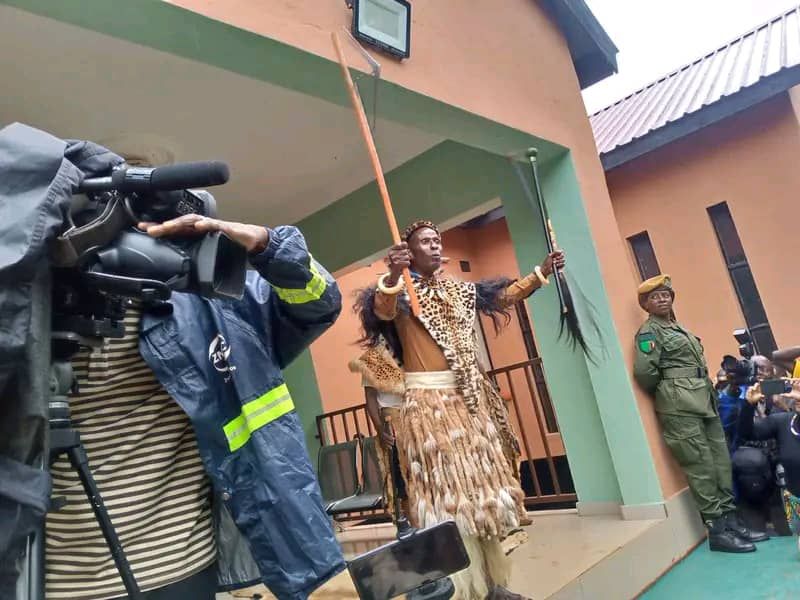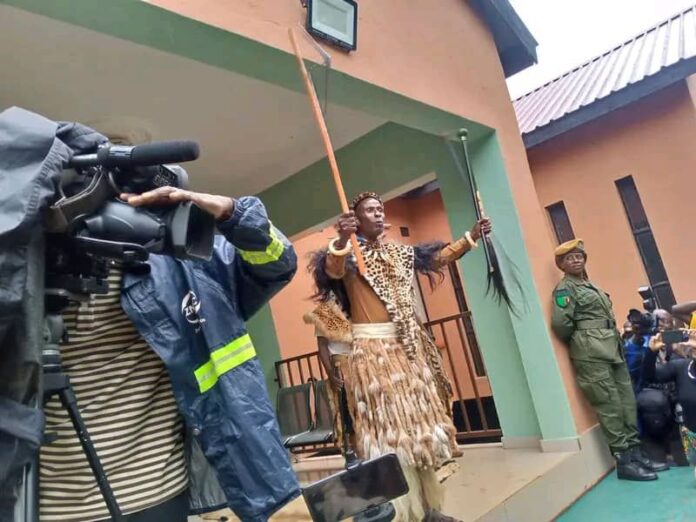By Burnett Munthali
The city of Chipata was brought to a standstill today as thousands of people lined the streets to witness the grand and colorful movement of Inkosi Yamakhosi Mphezeni from Ephendukeni to Laweni.
The event, steeped in tradition and cultural significance, drew the attention of locals and visitors alike, marking yet another historic moment in the Ngoni leadership.
The movement of Inkosi Yamakhosi Mphezeni is a key ceremonial tradition that symbolizes the transition of leadership activities and royal authority between his two palaces.

This cultural event holds deep meaning within the Ngoni community, as it reflects their long-standing heritage, respect for their leader, and the preservation of their customs.
From the early hours of the morning, the city was abuzz with excitement as traditional dancers, drummers, and warriors clad in their famous animal-skin regalia showcased Ngoni cultural pride.
The streets of Chipata were filled with rhythmic beats of Ngoma drums, and chants of praise echoed as the paramount chief’s procession made its way through the city.
The scene was further adorned by colorful traditional attire worn by men, women, and children who came out in large numbers to be part of this significant day.
At the forefront of the procession was Inkosi Yamakhosi Mphezeni himself, carried in royal splendor, surrounded by his council of elders and warriors.
The movement from Ephendukeni to Laweni is not just a change of location but a deeply symbolic act that marks the continuation of the chief’s rule, his governance over the people, and the strengthening of cultural bonds among the Ngoni.
Dignitaries, government officials, and traditional leaders from across Zambia and beyond also attended the event, paying homage to Inkosi Yamakhosi Mphezeni and affirming the importance of traditional leadership in contemporary governance.
Their presence underscored the role of culture in fostering unity and identity among the people.
As the movement concluded at Laweni, the celebrations continued with traditional songs, feasts, and speeches that reiterated the significance of the event.
Elders reminded the younger generation of the importance of safeguarding Ngoni customs and ensuring that such traditions are passed down to future generations.
The grand procession today was not just a spectacle but a reaffirmation of the Ngoni people’s strong cultural identity.
The City of Chipata, in all its modernity, stood in unity with tradition, proving that the past and present can coexist in a way that honors history while embracing the future.



